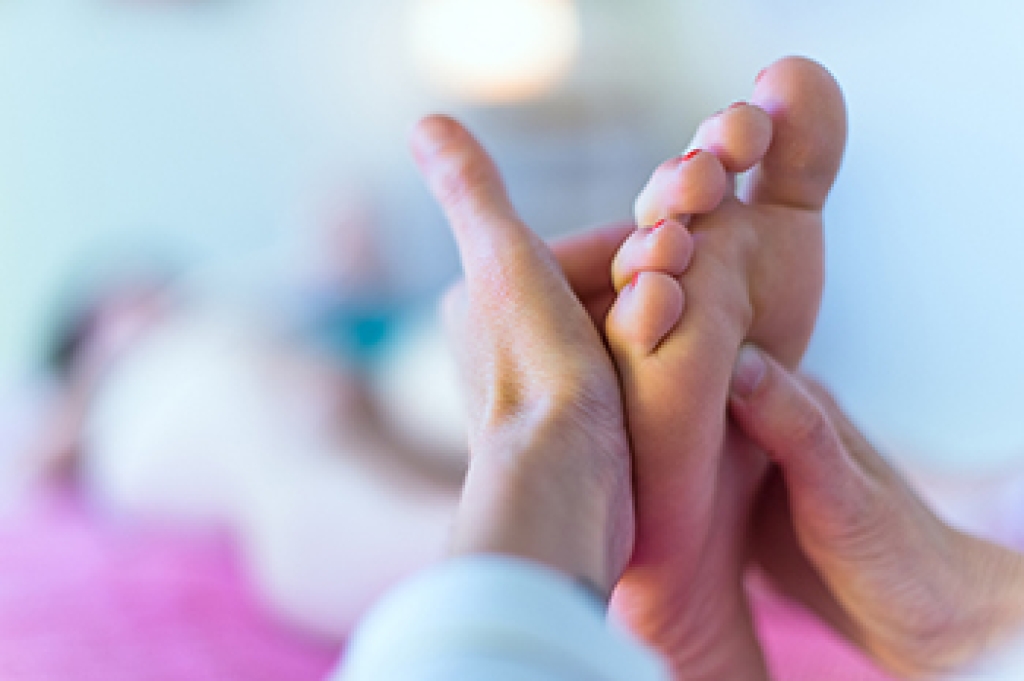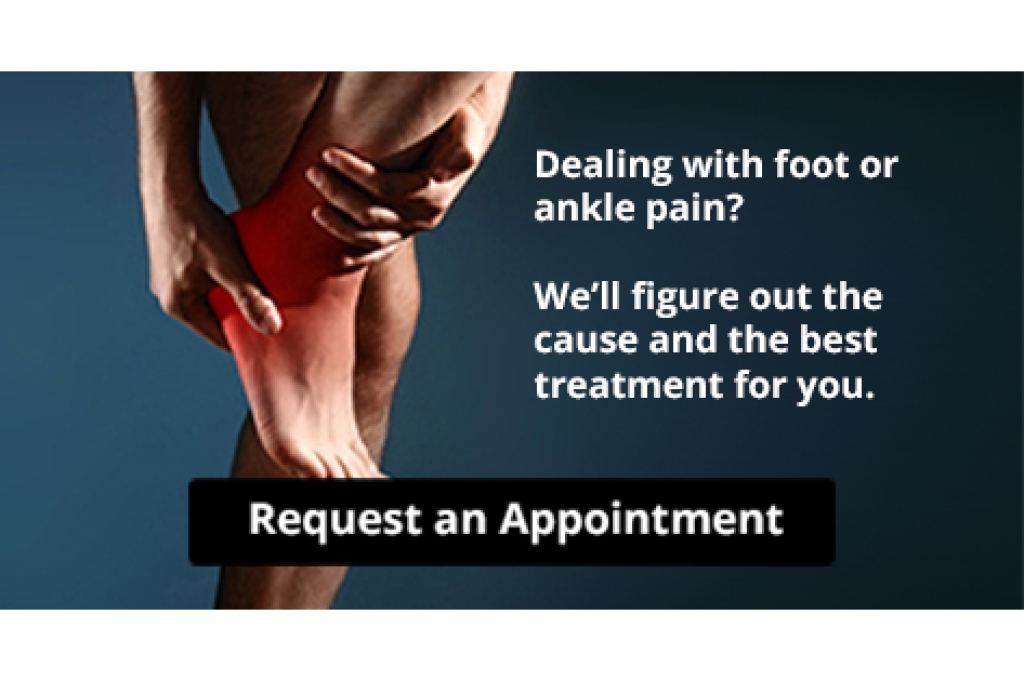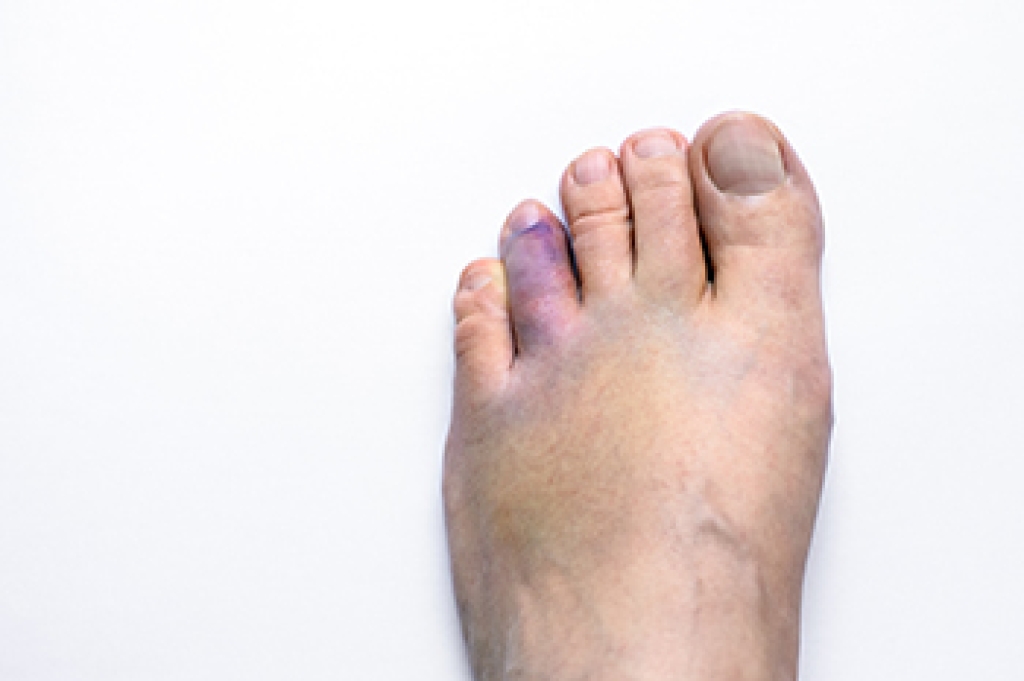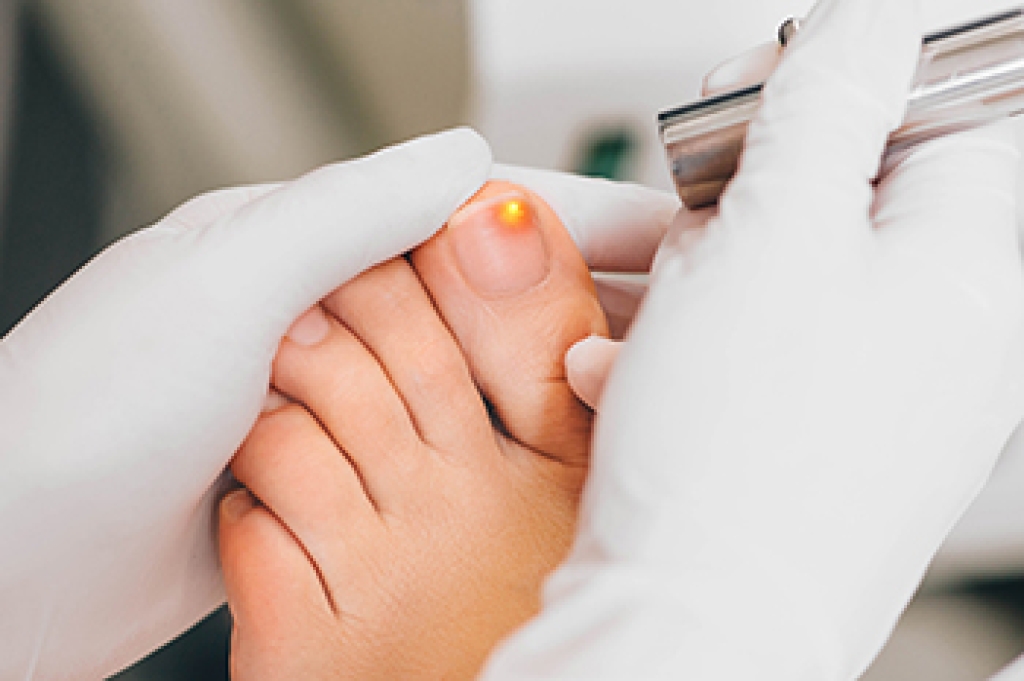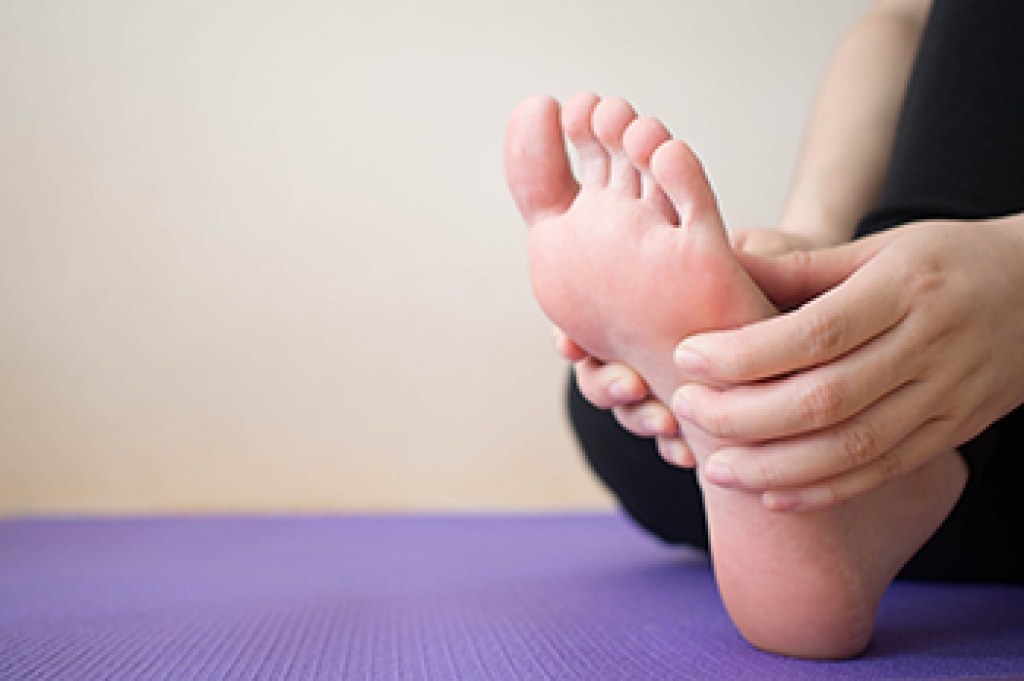
Pain in the arch of the foot may indicate a plantar fibroma has developed. It is defined as a growth that develops on the plantar fascia, which is the portion of tissue that connects the heel to the toes. A plantar fibroma is found on the sole of the foot and may cause discomfort, although it is generally benign. The majority of fibromas often measure less than one inch, causing pain and discomfort as a result of the pressure that is exerted on the nerves. There may be existing medical conditions that can lead some patients to develop a plantar fibroma. These can include diabetes, excessive alcohol use disorder, or possibly epilepsy. After a diagnosis is performed, which consists of having an X-ray or MRI taken, treatment can begin. Mild relief may be found when the symptoms are managed by wearing custom-made orthotics or taking pain medication. If you have a plantar fibroma, it is suggested that you confer with a podiatrist who can offer you the correct treatment, which may include minor surgery for permanent removal.
A plantar fibroma may disrupt your daily activities. If you have any concerns, contact one of our podiatrists of Footcare Now. Our doctors can provide the care you need to keep you pain-free and on your feet.
Plantar Fibroma
A plantar fibroma is a fibrous knot in the arch of the foot. It is embedded in the plantar fascia which is a band of tissue that extends from the heel to the toes along the bottom of the foot. There can be multiple plantar fibromas in the feet at the same time. There are no known causes for this condition. If you have a plantar fibroma, there will be a bump in the arch of your foot that cannot be missed. Any associated pain is most often due to a shoe rubbing against the nodule. Non-surgical options, such as steroid injections, physical therapy, and orthotics should be tried first. Surgery is a last resort and is the only thing that will remove a plantar fibroma entirely. Consult with a podiatrist for a proper diagnosis and to determine the treatment regimen that is right for you.
What Causes a Plantar Fibroma?
While there are no specific causes identified, a plantar fibroma can possibly come from genetic predisposition or the formation of scar tissue that forms from healing the tears in the plantar fascia.
What Are the Symptoms of a Plantar Fibroma?
There will be a noticeable lump in the arch of the foot that may or may not cause pain. If pain is felt, it is typically because a shoe is rubbing up against the lump or when walking or standing barefoot.
Treatment and Prevention
A plantar fibroma will not disappear without treatment, but it can get smaller and be a non-issue. If pain persists, a podiatrist examines the foot and when the arch of the foot is pressed, pain can be felt down to the toes. An MRI or biopsy might be performed to help diagnose or evaluate the plantar fibroma. The following non-surgical options are generally enough to reduce the size and pain of these nodules:
- Steroid injections
- Orthotics
- Physical therapy to help apply anti-inflammatory creams on the bump
Surgery is considered if the mass increases in size and the patient continues to feel pain after non-surgical methods are tried.
If you have any questions, please feel free to contact our offices located in Elmhurst Jackson Heights, Astoria, Rego Park, and Forest Hills, NY . We offer the newest diagnostic and treatment technologies for all your foot care needs.
